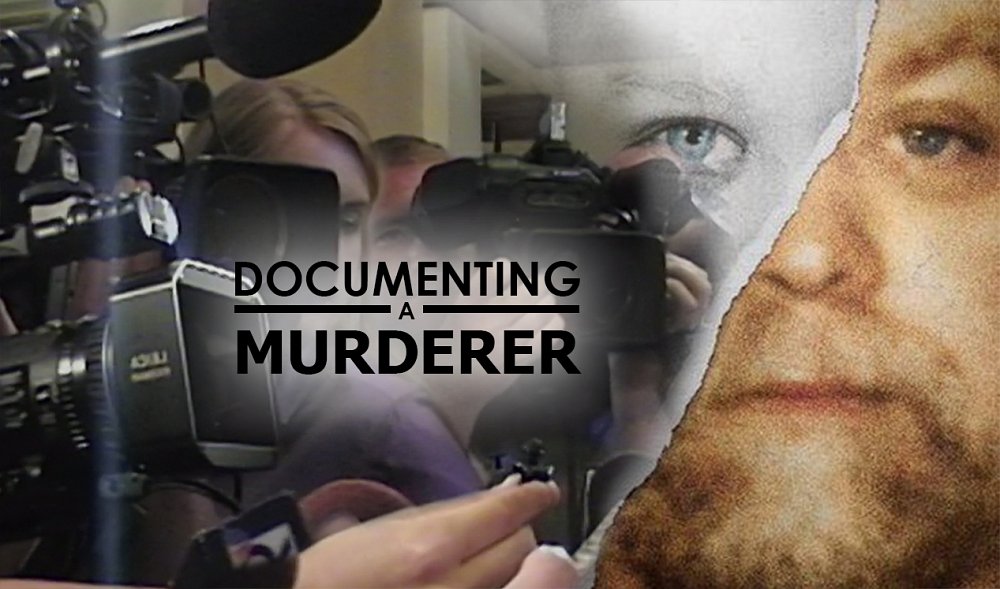Documenting a Murderer

I’ve just finished watching the Netflix documentary series ‘Making a Murderer’, and like thousands of others worldwide, for a brief moment I was transformed into an armchair detective. Driven by the sickening tale of corruption and deceit on behalf of the Manitowoc police department, and the repeat failings of the legal system leading to the conviction of an apparently innocent man and his nephew.
However, aside from the compelling story of the protagonist Steven Avery and his family, one of the main things that struck a chord with me was the use of media throughout the trial, and the access that broadcasters seem to have in the American Court system.
As a working cameraman myself, having covered a few court cases here in London, I was shocked to see just how close to the case the news cameras were able to get. With lawyers and relatives clamouring to tell the journalists their side of the story. The media seems to have a huge influence on the sway of a case there, and those involved with the case want to use it to their best advantage.
By contrast, in the UK, cameras for the most part are forced to stay outside the court building. Filming inside the courts was banned since 1925 until 2013 where a number of courts began allowing the use of some cameras.
As a story teller, this limited access while covering a news story can be frustrating. Keeping us cameramen outside on the street to face the elements, and forcing us to steal the brief moments available to us, makes it difficult to put together a visually interesting coverage of events. We’re often limited to harassing people as they enter or leave the court just so we have something to take back to the edit suite. On one particular case at the Southwark Crown Court, after waiting most of the day outside in the freezing cold, I was reduced to chasing the main defendant down the street just to capture one useful shot for the day.
On the other hand, as an honest person, I can see the need to keep prying eyes and outside influences away from the purity of the court room. I understand the desire to preserve the privacy of those within and to prevent the manipulation of the recordings by the news stations and wider media. I’ve witnessed first-hand the media’s ability to bend the truth in order to guide the viewer’s understanding and twist it to fit their own agenda. And it is here, in Making a Murderer that we can clearly see the lawyers using the media thirst for their own gain, if they can capture the public’s imagination they might just be able to sway the decision of the jury. The fate of those in court had already been decided in the news headlines despite the fact that no verdict had actually been reached.
Despite this, I do also see the benefits of documenting proceedings within the court, when used without bias. The camera doesn’t lie and therefore it offers a way of recording the facts in real time for outsiders to see. And of course it goes without saying that I also see the benefit for using the material in documentary film making.
What do you think? Should cameras have more access in court or are they better staying away?